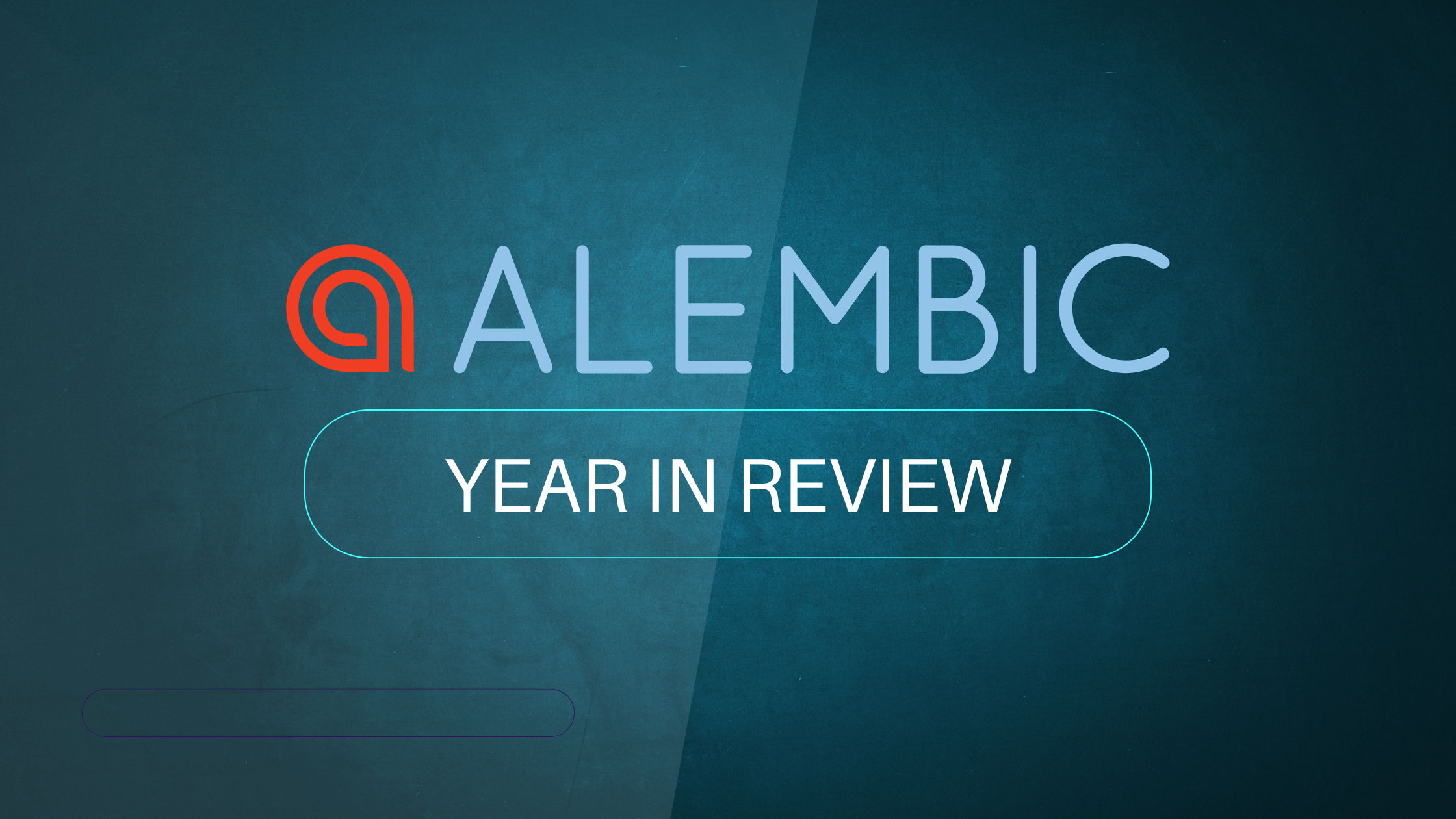Test, learn and iterate is a core mantra of the product mindset. Technology needs to enable, not block this. Selecting the right tools provide this flexibility both now, and into the future.
Diligent Product Managers test every aspect of their product - early and often. Customer interviews, light-weight prototyping tools, running beta programs. We'll do anything we can to gather customer feedback. We need to ensure we are solving the right customer problem, in the right way.
A challenge in this process is that some aspects of a product can only be truly tested in production. This means live code, in the hands of paying customers.
At this point, the cycle time of the test and learn feedback loop can slow dramatically. Which is not all bad. Releases that lead to production outages are a bad thing after all. (Speeding up releases cycles with Continuous Delivery practices is a different topic.)
The real headaches for Product Managers begin when we can't respond to customer feedback in a timely way. Whether is be about a bug or a new feature. Customers don’t care about herculean challenges for the development team. They only care about whether the product is helping them get their job done. And they are rarely shy in letting you know about it.
Product Managers thrive on actionable customer feedback about feature or process improvements. We get frustrated when told by a tech lead that it’s not that simple and it’ll will take weeks to change. We die a little bit inside when told its because of a technical architecture decision.
I’ve seen this all too often. Traditional tech stacks that are rigid and inflexible. They have business logic baked into the architecture. They can make a simple change to a business rule take multiple sprints to implement.
The good news is that software is rapidly evolving. It's getting better at providing business agility every year. Domain Specific Languages (DSLs), modular toolchains, separation between back-end databases and business logic layers. These are some of the emerging trends that are reshaping the way software is built. The more I learn about these the more excited I’m becoming about the future of product development. They’ll mean more time spent on building the differentiators, not the table stakes.
It doesn’t matter if you’re build a new greenfield project, or replacing a legacy system. Providing flexibility and adaptability to the business is critical. Technology should be a business enabler, not a blocker. Make sure your technology choices support this. The success of your products depends on it.





